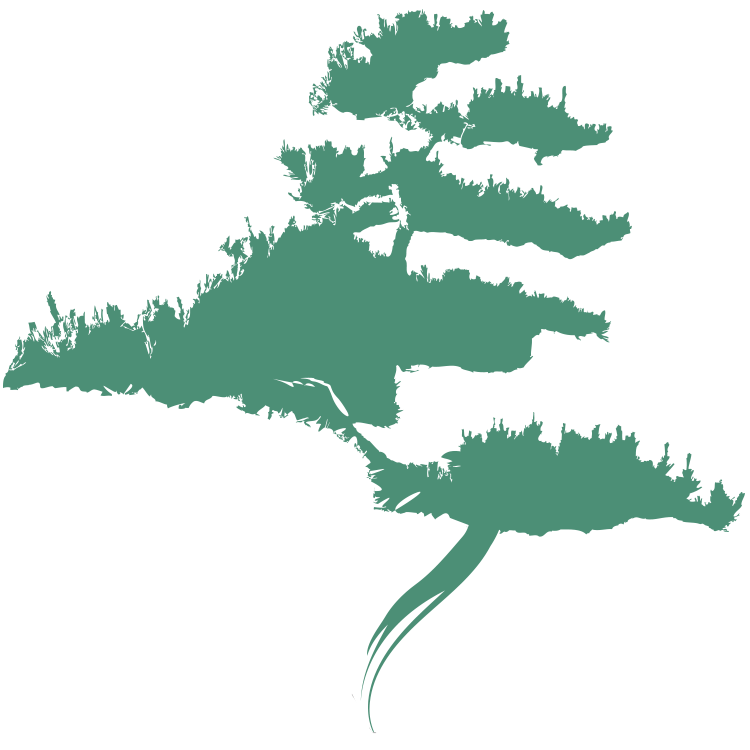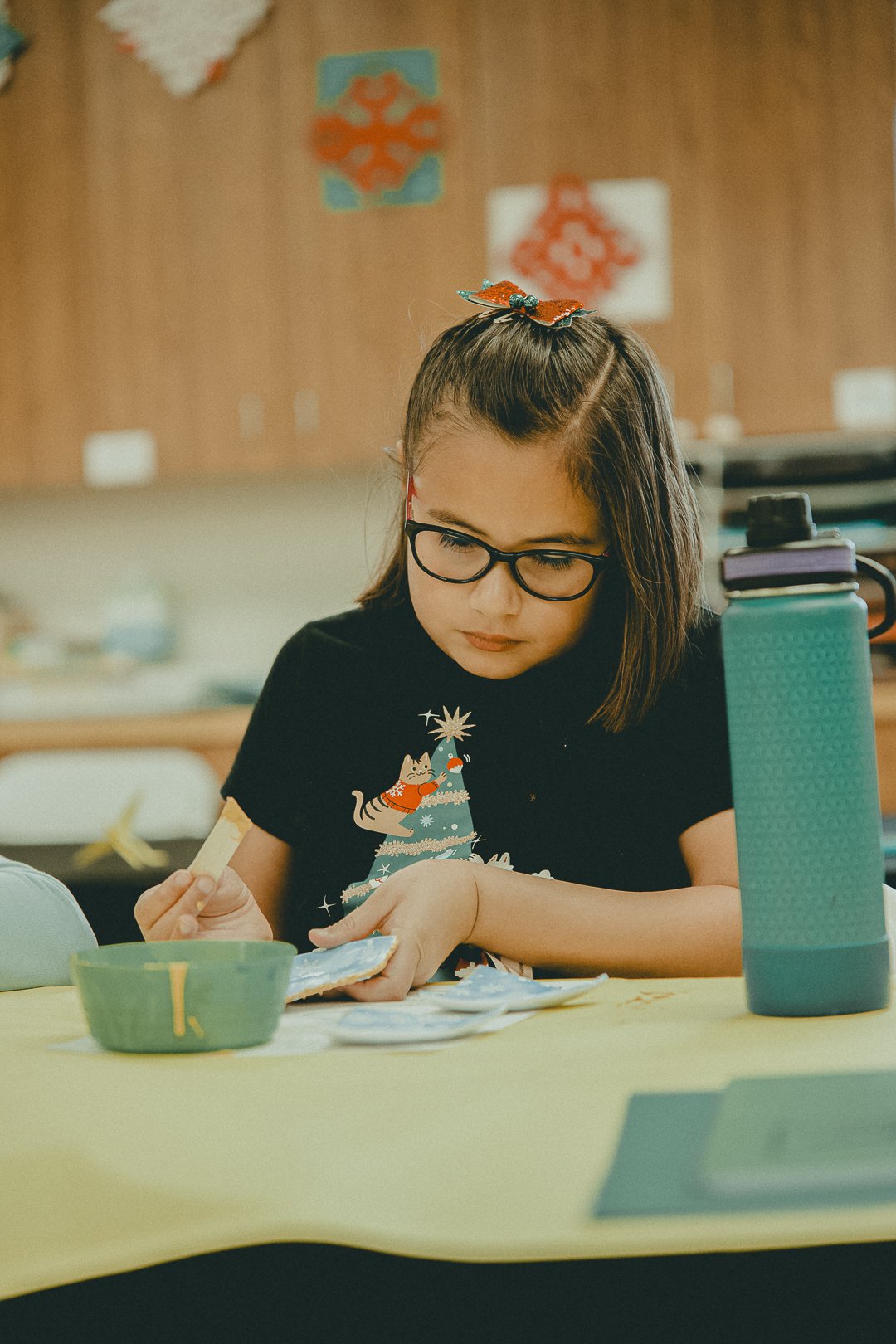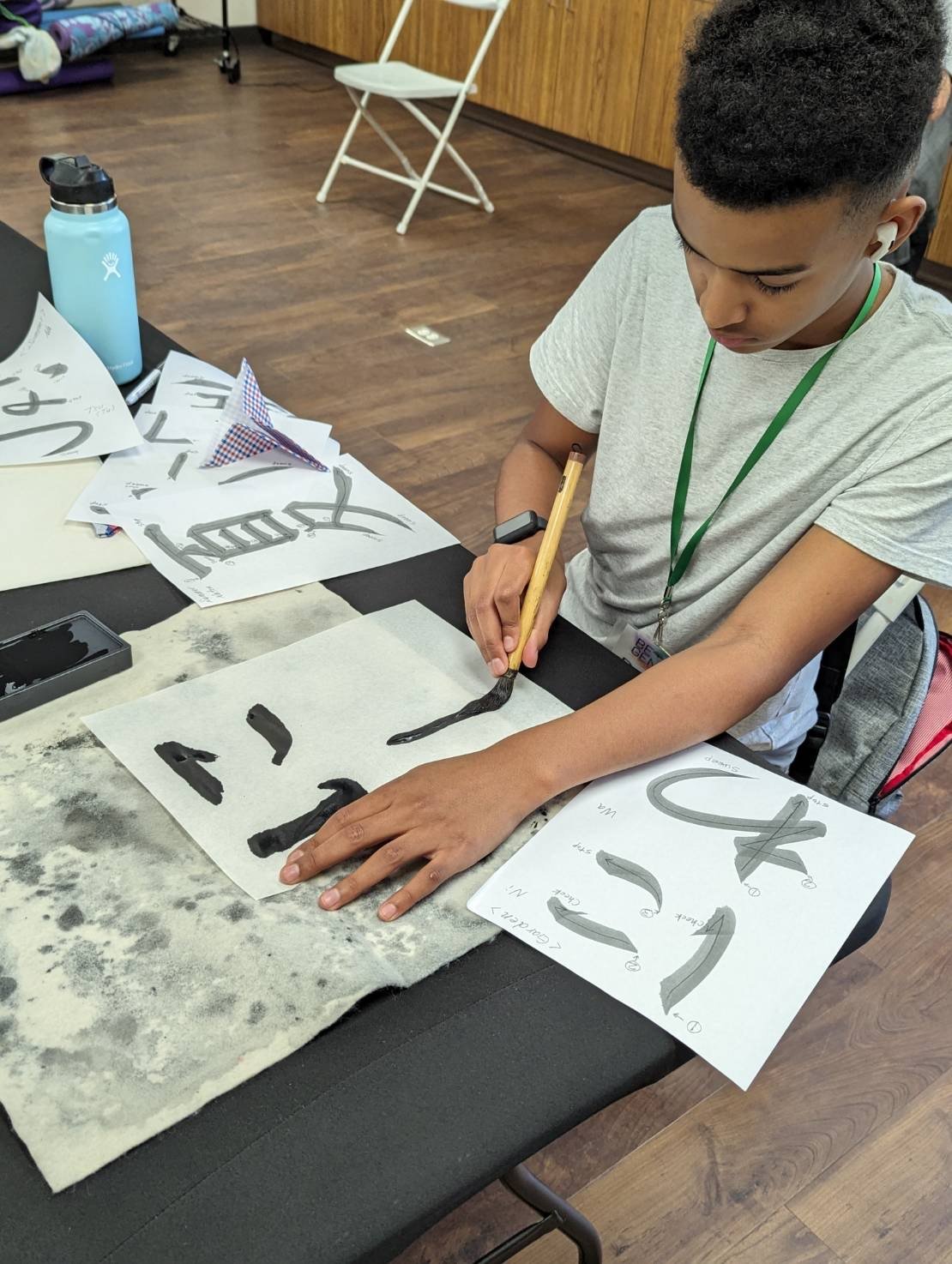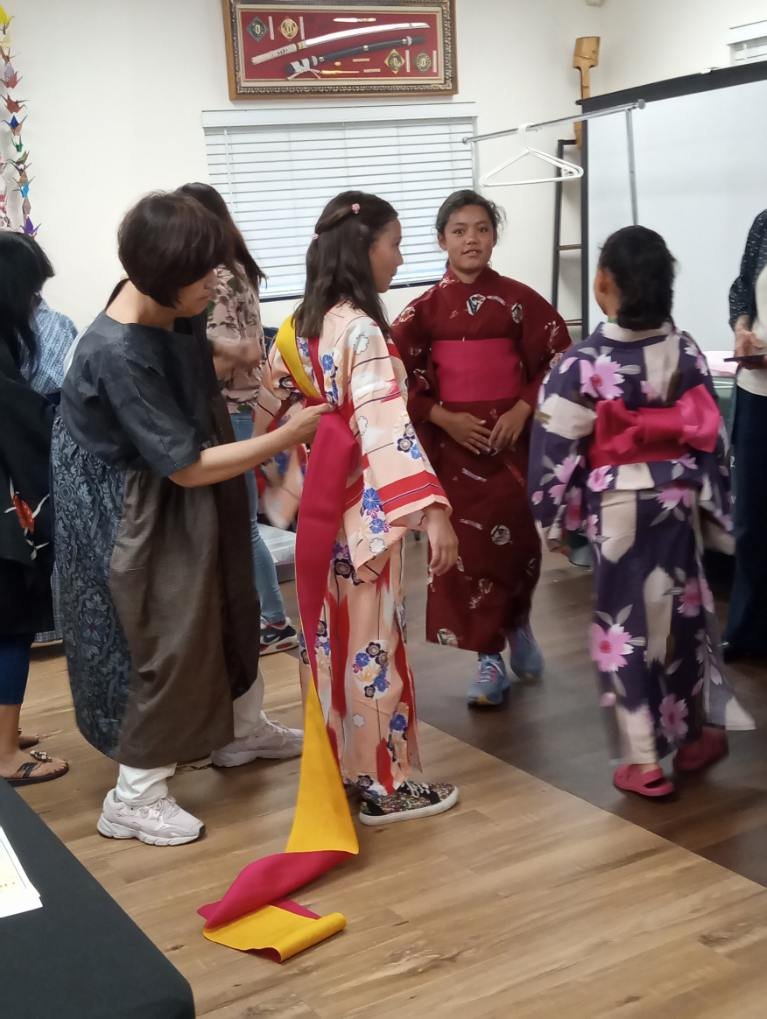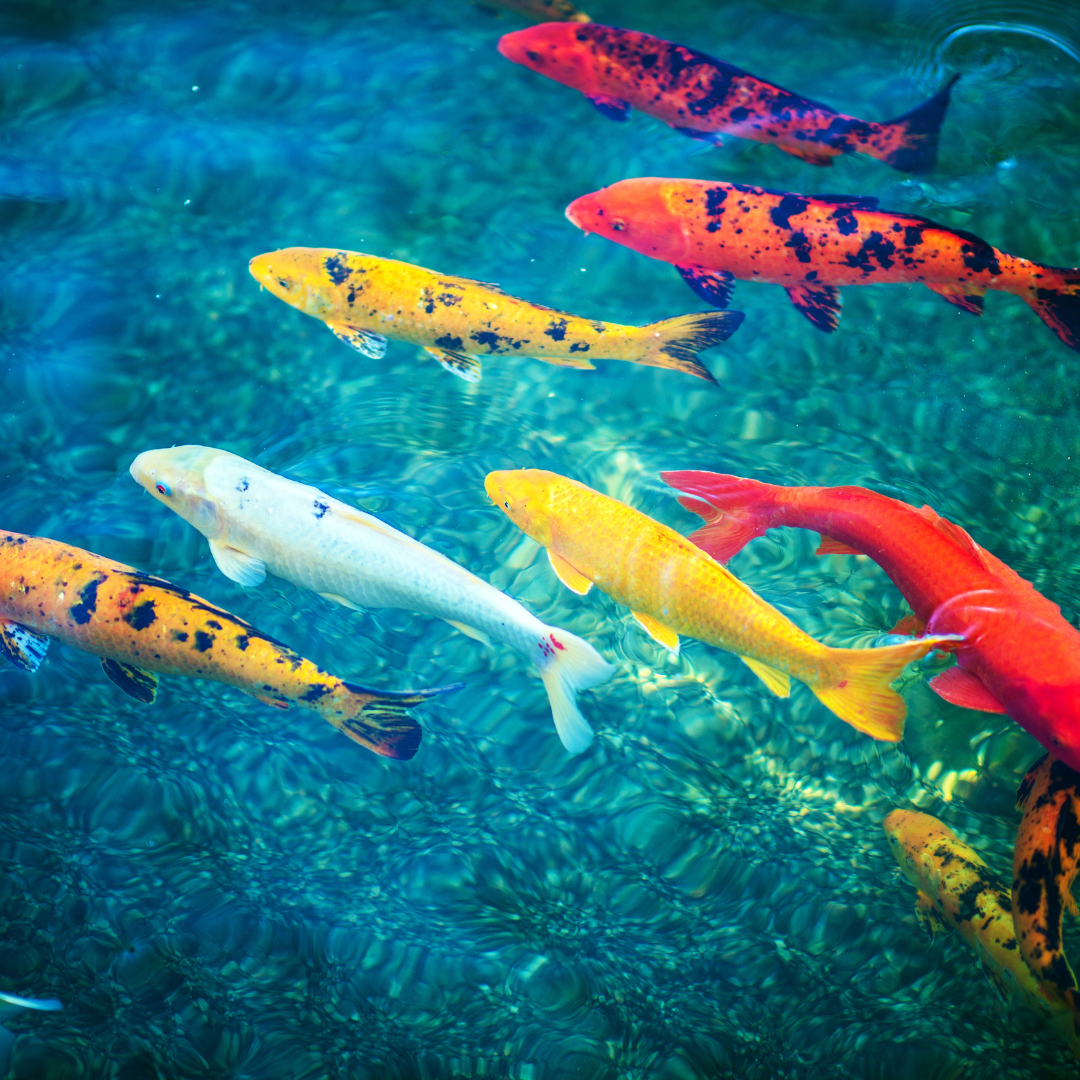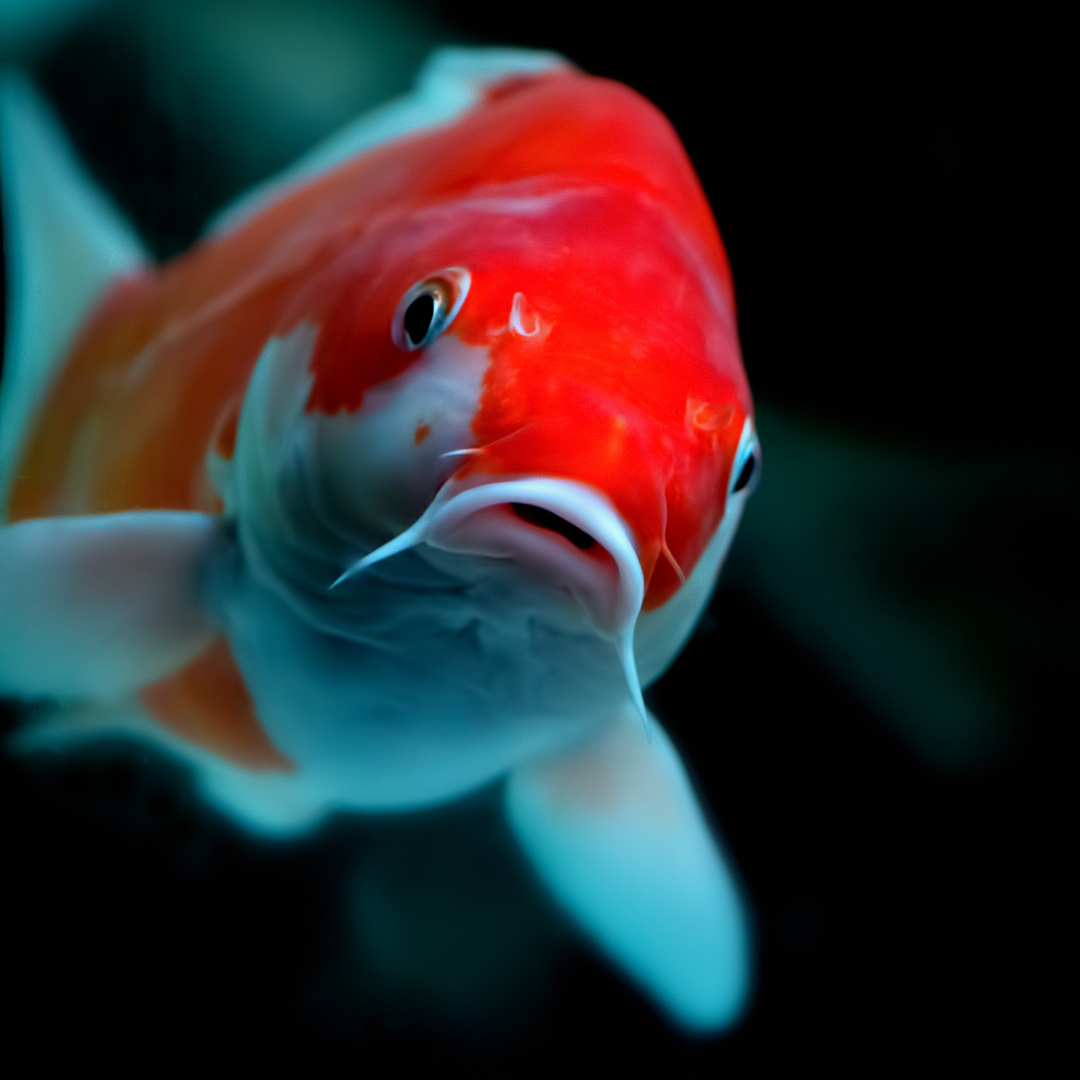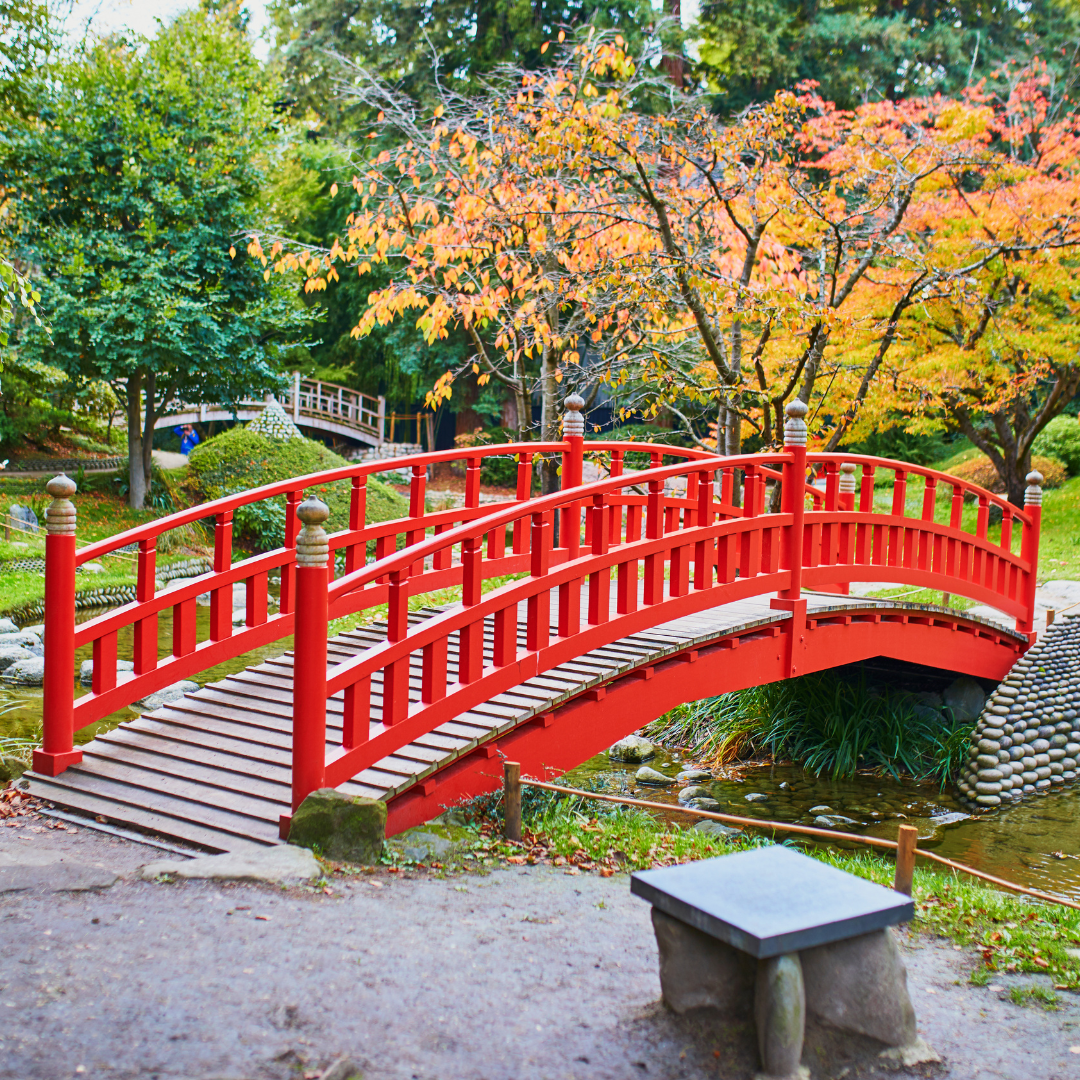JFG invites campers to experience a taste of Japan! Our summer camps provide different activities within Japanese culture, wellness, and sustainability. We have camps available from grades 1st-8th.Capacity is limited, so registration for each grade level is first come first serve. Don’t miss out on an exciting opportunity!
Capacity is limited, so registration for each grade level is first come first serve. Completion of payment and the registration form are required to participate.
Each Summer camp is five days.
JFGM Week 1-3: $240.00 for JFGM Member | $250.00 Non-Member
STEAM in NIWA Camps: $260 JFGM Member | $270 Non-Member
Questions and other JFGM Summer Camp inquiries can be e-mailed to education@niwa.org.
Cancellation Policy
- Cancellations made more than 7 days prior to the start of the camp will receive a refund, minus a 10% cancellation fee per camp.
- No refunds or credits within 7 days of any program
Member rates are for Japanese Friendship Garden and Museum Members. Balboa Park and Go City pass holders will pay regular camp prices.
For FAQs about our camps, please go to our FAQs webpage.
JFGM CAMP Registration
STEAM in niwa Camp Registration
JFGM Camps
Grades 1 & 2 | June 24th-June 28th | 9:00am-Noon
June 24th
Koi
One of the most iconic fish in Japan is Koi, also known as Nishikigoi. Koi carps are a very familiar fish among Japanese people, and they can be seen not only in aquariums but also all over Japan. For example, they can be found in shrines and Japanese gardens, even in the ponds of private homes! It is no exaggeration to say that koi has a central part in Japanese culture. But what kind of fish is the koi, and how did it come to be so popular in Japan? Koi Club SD will take you through a world of the koi, from their unique patterns to the symbolism held in Japan.
Sound Healing
The healing power of sound has been an important part of human civilizations dating back as long ago as 40,000 years. Sound healing uses therapeutic frequencies to gently balance the body and soothe the mind by lowering brainwaves to the deeply restorative alpha and theta states. When the frequency of the sound synchronizes with the brainwaves, a de-stress response is triggered that provides the listener with feelings of relaxation and tranquility. As vibrations travel through the body they promote energy flow at a cellular level, thus bringing us into a healthier and more harmonious state of being.
June 25th
Kintsugi
Kintsugi, also known as kintsukuroi, is the Japanese art of repairing broken pottery with lacquer dusted or mixed with powdered gold, silver, or platinum. Directly translating to “golden joinery,” as a philosophy, it treats breakage and repair as part of the history of an object, rather than something to conceal or discard. The thinking behind kintsugi is often likened to the Japanese philosophy of Wabi-Sabi, an embracing of the flawed or imperfect. Uplifting and hopeful, Kintsugi is an inspiring metaphor for dealing with the times we feel broken in life. It's a reminder to find the gold to mend ourselves and appreciate our so called flaws.
Sencha Tea
Sencha is a simple and classic steamed green tea with its bright greenish-golden color, often served in palm-sized Japanese cups. Students will have the opportunity to taste and pair different blends with traditional Japanese snacks.
June 26th
Cooking with Wa-Shokuiku
The Japanese Friendship Garden is collaborating with Wa-Shokuiku to produce healthy, fun cooking lessons for the family! This workshop adopts the widely acclaimed curriculum of Wa-Shokuiku, based on Japanese culinary education tradition with an emphasis on teaching etiquette, language, nutrition, and presentation.
Calligraphy
Calligraphy (shodō: "the way of writing") is the art of writing beautifully. Most children in Japan learn calligraphy in elementary school, and it is also a popular hobby among adults. An interesting aspect of Japanese writing that carries over to calligraphy is the importance that is placed on the order in which the strokes of characters are drawn.
June 27th
Koto
The koto, also known as "Japanese harp", is a Japanese stringed instrument with a rich and detailed history. Unlike western stringed instruments such as violins and guitars, the koto actually consists of 13 strings that are strung over 13 bridges. Until the Meiji period, koto music was very popular within aristocratic circles. During and after the Meiji period when western musical styles started to influence Japanese culture, the koto lost some of is popularity.
Ikebana
Ikebana is one of the traditional arts in Japan. Ikebana involves arranging a wide array of materials including blooming flowers, branches, stems, leaves and moss in vases or other containers to create a visually appealing work of art. In this summer camp, students will create their own design with their imagination, ideas and expressions using flowers, leaves and branches. It will be lots of fun.
June 28th
Kamishibai
Kamishibai is a remarkable way of telling stories with illustrations that was invented in Japan in 1929. The word literally means "picture-story." Since 2012, Walter Ritter, a veteran stage actor, has presented approximately 3,000 kamishibai stories in classrooms, libraries, senior residences, and other venues including the Japanese Friendship Garden in Balboa. His program for JFG Summer Camp will include 2 stories, discussion, and a brief history of kamishibai including its present-day expansion to countries all over the world. Ritter is co-founder and executive director of Write Out Loud and a co-founder of the World Kamishibai Forum.
Go
Go is an abstract strategy board game for two players in which the aim is to surround more territory than the opponent. The game was invented in China more than 2,500 years ago and is believed to be the oldest board game continuously played to the present day. Go was introduced in Japan in the 7th century and is played in both schools and competitions.
Grades 3-5 | June 24th-June 28th | 1:00PM- 4:00PM
June 24th
Sound Healing
The healing power of sound has been an important part of human civilizations dating back as long ago as 40,000 years. Sound healing uses therapeutic frequencies to gently balance the body and soothe the mind by lowering brainwaves to the deeply restorative alpha and theta states. When the frequency of the sound synchronizes with the brainwaves, a de-stress response is triggered that provides the listener with feelings of relaxation and tranquility. As vibrations travel through the body they promote energy flow at a cellular level, thus bringing us into a healthier and more harmonious state of being.
Yukata Dressing
The yukata is a type of kimono. They are sometimes described as yukata kimono, a type of summer kimono, but are more often referred to as a separate category. Far lighter (in terms of material), more casual, and versatile; their role sits somewhere between breezy summer dress, kimono, and robe.
June 25th
Kintsugi
Kintsugi, also known as kintsukuroi, is the Japanese art of repairing broken pottery with lacquer dusted or mixed with powdered gold, silver, or platinum. Directly translating to “golden joinery,” as a philosophy, it treats breakage and repair as part of the history of an object, rather than something to conceal or discard. The thinking behind kintsugi is often likened to the Japanese philosophy of Wabi-Sabi, an embracing of the flawed or imperfect. Uplifting and hopeful, Kintsugi is an inspiring metaphor for dealing with the times we feel broken in life. It's a reminder to find the gold to mend ourselves and appreciate our so called flaws.
Sencha Tea
Sencha is a simple and classic steamed green tea with its bright greenish-golden color, often served in palm-sized Japanese cups. Students will have the opportunity to taste and pair different blends with traditional Japanese snacks.
Toro Nagashi
Ikunosuke “Mike” Kawamura is a survivor of the Hiroshima atomic bomb in 1945 and was two years old when the bomb exploded. Growing up in post-war Japan and experiencing Hiroshima’s perseverance and subsequent prosperity, he became inspired to speak the message of tolerance, understanding and peace between nations. He joined Kyocera Corporation of Kyoto, Japan in 1969 and is known as one of “the Five Samurais” , the original pioneers who established the manufacturing operations in San Diego. He held many executive positions of Kyocera group companies in the US, Europe and South America. He has retired and serves in a number of community organizations including as board member of Japanese Friendship Garden, Japan Society of San Diego, and Tijuana and SD-WISH. At the summer camp the children will be introduced to the story of “The Peace Tree from Hiroshima” and will make paper lanterns to float on the pond in the Lower Garden. Through this program, we hope children will gain a deeper understanding of the importance of world peace and make a safer world for their future.
June 26th
Calligraphy
Calligraphy (shodō: "the way of writing") is the art of writing beautifully. Most children in Japan learn calligraphy in elementary school, and it is also a popular hobby among adults. An interesting aspect of Japanese writing that carries over to calligraphy is the importance that is placed on the order in which the strokes of characters are drawn.
June 27th
Ikebana
Ikebana is one of the traditional arts in Japan. Ikebana involves arranging a wide array of materials including blooming flowers, branches, stems, leaves and moss in vases or other containers to create a visually appealing work of art. In this summer camp, students will create their own design with their imagination, ideas and expressions using flowers, leaves and branches. It will be lots of fun.
June 28th
Go
Go is an abstract strategy board game for two players in which the aim is to surround more territory than the opponent. The game was invented in China more than 2,500 years ago and is believed to be the oldest board game continuously played to the present day. Go was introduced in Japan in the 7th century and is played in both schools and competitions.
Kamishibai
Kamishibai is a remarkable way of telling stories with illustrations that was invented in Japan in 1929. The word literally means "picture-story." Since 2012, Walter Ritter, a veteran stage actor, has presented approximately 3,000 kamishibai stories in classrooms, libraries, senior residences, and other venues including the Japanese Friendship Garden in Balboa. His program for JFG Summer Camp will include 2 stories, discussion, and a brief history of kamishibai including its present-day expansion to countries all over the world. Ritter is co-founder and executive director of Write Out Loud and a co-founder of the World Kamishibai Forum.
Sumo Wrestling
Sumo (相撲, sumō) is a Japanese style of wrestling and Japan's national sport. It originated in ancient times as a performance to entertain the Shinto deities. Many rituals with religious background, such as the symbolic purification of the ring with salt, are still followed today.
Grades 6-8 | July 8th-July 12th | 9:00AM-Noon
July 8th
Urasenke
The Japanese tea ceremony (茶道, sadō or chadō, lit. "the way of tea" or 茶の湯, chanoyu) is a Japanese tradition steeped in history. It is a ceremonial way of preparing and drinking green tea typically in a traditional tearoom with tatami floor. Beyond just serving and receiving tea, one of the main purposes of the tea ceremony is for the guests to enjoy the hospitality of the host in an atmosphere distinct from the fast pace of everyday life.
Yukata Dressing
The yukata is a type of kimono. They are sometimes described as yukata kimono, a type of summer kimono, but are more often referred to as a separate category. Far lighter (in terms of material), more casual, and versatile; their role sits somewhere between breezy summer dress, kimono, and robe.
Sound Healing
The healing power of sound has been an important part of human civilizations dating back as long ago as 40,000 years. Sound healing uses therapeutic frequencies to gently balance the body and soothe the mind by lowering brainwaves to the deeply restorative alpha and theta states. When the frequency of the sound synchronizes with the brainwaves, a de-stress response is triggered that provides the listener with feelings of relaxation and tranquility. As vibrations travel through the body they promote energy flow at a cellular level, thus bringing us into a healthier and more harmonious state of being.
July 9th
The Bees Knees
Our beekeeper, Mari Jarvis, will lead two sessions discussing the bees at the JFG and why bees are important to the ecosystem. During the first session, students will learn about fascinating honey bee behavior including how bees forage for nectar and pollen, build comb and lots of other honey bee activities. Students will be watching live bees up close in an observation hive and observe, from a safe distance, bees coming and going from our hive at the JFG. In the second session students will learn about how bees make honey and how beekeepers process honey.
Kokedama
Kokedama is the Japanese art of growing plants in a moss-covered ball of soil wrapped with string or mono-filament fishing line. Students will be able to create and bring their own kokedama home!
July 10th
Go
Go is an abstract strategy board game for two players in which the aim is to surround more territory than the opponent. The game was invented in China more than 2,500 years ago and is believed to be the oldest board game continuously played to the present day. Go was introduced in Japan in the 7th century and is played in both schools and competitions.
Koto
The koto, also known as "Japanese harp", is a Japanese stringed instrument with a rich and detailed history. Unlike western stringed instruments such as violins and guitars, the koto actually consists of 13 strings that are strung over 13 bridges. Until the Meiji period, koto music was very popular within aristocratic circles. During and after the Meiji period when western musical styles started to influence Japanese culture, the koto lost some of is popularity.
Calligraphy
Calligraphy (shodō: "the way of writing") is the art of writing beautifully. Most children in Japan learn calligraphy in elementary school, and it is also a popular hobby among adults. An interesting aspect of Japanese writing that carries over to calligraphy is the importance that is placed on the order in which the strokes of characters are drawn.
July 11th
Kintsugi
Kintsugi, also known as kintsukuroi, is the Japanese art of repairing broken pottery with lacquer dusted or mixed with powdered gold, silver, or platinum. Directly translating to “golden joinery,” as a philosophy, it treats breakage and repair as part of the history of an object, rather than something to conceal or discard. The thinking behind kintsugi is often likened to the Japanese philosophy of Wabi-Sabi, an embracing of the flawed or imperfect. Uplifting and hopeful, Kintsugi is an inspiring metaphor for dealing with the times we feel broken in life. It's a reminder to find the gold to mend ourselves and appreciate our so called flaws.
Sencha Tea
Sencha is a simple and classic steamed green tea with its bright greenish-golden color, often served in palm-sized Japanese cups. Students will have the opportunity to taste and pair different blends with traditional Japanese snacks.
Ikebana
Ikebana is one of the traditional arts in Japan. Ikebana involves arranging a wide array of materials including blooming flowers, branches, stems, leaves and moss in vases or other containers to create a visually appealing work of art. In this summer camp, students will create their own design with their imagination, ideas and expressions using flowers, leaves and branches. It will be lots of fun.
July 12th
Toro Nagashi
Ikunosuke “Mike” Kawamura is a survivor of the Hiroshima atomic bomb in 1945 and was two years old when the bomb exploded. Growing up in post-war Japan and experiencing Hiroshima’s perseverance and subsequent prosperity, he became inspired to speak the message of tolerance, understanding and peace between nations. He joined Kyocera Corporation of Kyoto, Japan in 1969 and is known as one of “the Five Samurais” , the original pioneers who established the manufacturing operations in San Diego. He held many executive positions of Kyocera group companies in the US, Europe and South America. He has retired and serves in a number of community organizations including as board member of Japanese Friendship Garden, Japan Society of San Diego, and Tijuana and SD-WISH. At the summer camp the children will be introduced to the story of “The Peace Tree from Hiroshima” and will make paper lanterns to float on the pond in the Lower Garden. Through this program, we hope children will gain a deeper understanding of the importance of world peace and make a safer world for their future.
steam in niwa camps
Grades 3-5 | June 17th- June 21st | 9:00am-noon
Ikigai STEAM Camp
Join us as we explore the wonderful world of Science, Technology, Engineering, Arts and Mathematics combining innovation, unique tradition, and cultural heritage at the Japanese Friendship Garden and Museum. We will embark on a journey of observation, curiosity, and discovery as we explore the wonders of Japanese nature and wisdom with hands-on experiments, outdoor adventures, and critical thinking activities at this summer camp! Some adventures will include bamboo building challenges, engineering worm homes, and nature anatomy, observation, and dissection. Our time together will foster collaboration, cultural appreciation, and empower young minds to become innovators and leaders as we laugh and learn together!
Grades 5-8 | July 29th-August 2nd | 9:00am-Noon
Core STEAM
Students learn a variety of core STEAM concepts like typing, electrical engineering, and computer programming fundamentals that will act as a foundation to understanding all adventure theme topics!
Core Data Science
Core Data Science Applications adds additional investigations into how an Adventure Theme SCALES in real-world applications! Data from experiments is generated and leveraged Visualization, Simulation & Coding. Want a real-world look into materials decay, exponential growth, industrial scaling, etc. … Let’s explore it together!
Sustainable Agriculture
It's time to get our HANDS dirty and our MINDS open to all of the great things we can explore in our Earth & Life Science Adventure workshop! This program features workshops and hands-on activities in plant biology, sustainable agriculture, and life science explorations .
Each student will have their own take-home microscopes and soil-plant kits to conduct labs during the week.
Geology: The Architecture of Stone & Sound
Dive into 2 elements of Japanese gardens: stone & water. Students will learn about geology via the merger of stone arrangements and water to create various sound elements.
